Latin America is in turmoil. Its streets from Haiti to Chile have erupted in violent protest. In recent weeks presidents have been chased from the capitals of Ecuador and Bolivia. Political crises roil Honduras, Peru and Paraguay.
After routing their traditional political establishments populists of the hard right and left now govern in Brazil and Mexico, the region’s two economic powerhouses. And all the while Venezuela, once Latin America’s richest country, continues its slow-motion implosion under way ever since the Bolivarian Revolution of Hugo Chávez degenerated into the dictatorship of his heir Nicolás Maduro.
In such a diverse region as Latin America, each of these individual national crises comes with its own specific characteristics. Though both Haiti and Chile have been hit by often bloody anti-government demonstrations it would be hard to think of two societies more different from one another. The crisis in Chile is social, a surge of discontent by the left-behinds in a two-tier society. Across the border in neighbouring Bolivia it is political, sparked by the effort of since-ousted president Evo Morales to secure an unconstitutional fourth consecutive term in office.
But the unrest in the region is generalised enough to have hit both relatively well off and desperately poor states, long serving and recently installed governments and challenged some of the region’s most stable democracies as well as its authoritarian regimes.
“The turmoil is not a question of being against the left or the right. Instead what we are seeing is discontent against the status quo,” says Adolfo Garcé, a professor of political science at the University of the Republic in Uruguay, where on Sunday a well regarded left-wing government was voted out after 15 years in office.
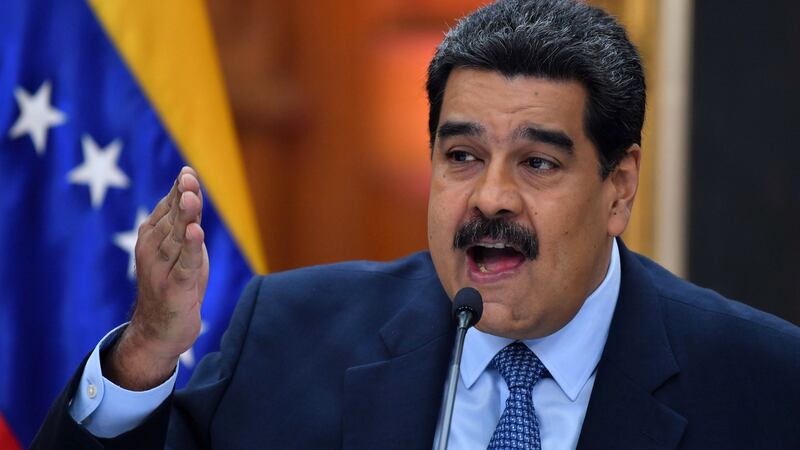
For all the national particulars there are regional commonalities to this discontent. A chain of corruption scandals that has implicated 19 former and serving presidents drives anger at political establishments. Habitually violent police repression has steeled the resolve of protesters in a number of countries. But the most important shared feature is a background of economic stagnation.
Latin America entered the decade surfing a wave of confidence. A commodities boom fuelled growth across the resource-rich region. Job creation soared and governments had the funds for ambitious social projects. In all, around 140 million people were lifted out of poverty.
But from around 2013 things started to curdle. The commodity boom went bust. Where growth was once five per cent a year it is now hovering just above zero. According to the International Monetary Fund Latin America is currently the world’s slowest growing region.
This economic crisis has been particularly hard on those only recently lifted out of poverty. They saw social mobility stall and then go into reverse – refocusing attention on the region’s entrenched inequality, the worst anywhere in the world.
Last year, Latinobarómetro, a regional research group based in Chile, found a majority of Latin Americans less optimistic about their economic prospects than at any time since it started surveying almost a quarter century ago.
“It is like three lanes of traffic in a tunnel,” explains Latinobarómetro’s director Marta Lagos. “The 140 million people lifted out of poverty in the last 10 to 15 years are in the right lane. All of a sudden this lane stops. It doesn’t move towards the mouth of the tunnel like the other two lanes. And as the other two continue to move forward and the right lane stagnates we see protests start to increase.”
It is this precariously placed class, seeing its chances of social improvement now blocked, that have come out onto the streets in Ecuador, Colombia and Chile. When protests broke out in the last of these there was widespread shock among Latin observers. If Chile could be hit by such turmoil then nowhere could be considered immune.
The country has been held up as a success story since the return of democracy in 1990 after the long Pinochet years. Since then it has made steady economic and social progress and seen left and right peacefully alternating power.
But for all these advances the country still suffers from the old Latin American curse: heavy dependence on commodities sold to volatile world markets. For all its recent economic diversification, Chile is still reliant on copper, which accounts for more than 40 per cent of exports.
The price of the metal is at two-year lows. This has hit government income and so limited the options of president Sebastián Piñera, helping explain the unrest that has rocked the country’s cities.
This wave of anger in Chile and elsewhere has now come to focus on the failings of what are the region’s still relatively young democracies.
Almost three quarters of Latin Americans say they are dissatisfied with how democracy operates in their country with just one in four describing themselves as content with the system, the lowest level in more than two decades. Such discontent can offer an opening to malicious actors.
In May 2013, as the boom drew to an end, the first of the current cycle of protests started in Brazil. These were initially a response to a €0.07 rise in bus fares in São Paulo. But they set off a chain of events that ended with the far right candidate Jair Bolsonaro elected president last year after a 30-year career as a fringe political outsider.
The former army captain is an ardent admirer of the military dictatorships that dominated the region in the 1970s and 1980s. In recent weeks senior members of his administration have responded to the threat of protests elsewhere spreading back to Brazil by floating the idea of recreating the notorious AI-5 decree of 1968, which allowed the country’s generals to suspend habeas corpus and to close congress, initiating the most repressive phase of their 21-year rule.
But rather than highlighting the risk of a return to the military regimes of the past, Bolsonaro better embodies another of the recurring features of Latin American history – the populist big man. In this sense his mirror image is Mexico’s president Andrés Manuel López Obrador. Though they are from opposite ends of the ideological spectrum, both are natural outsiders. Both front of new movements that overthrew political establishments that had become discredited by their corruption and perceived ineffectiveness.

Yet it is rash to predict that the rest of the region will follow Brazil and Mexico in turning to populists. Some see in South America at least two distinct futures ahead, ones not based on ideology so much as geography. The unrest of recent weeks has been focused on the Andean nations. But it is these that have made more progress in recent decades compared with their sister republics on the Atlantic side of the continent.
In a new paper for the Braudel Institute in São Paulo researcher Normal Gall notes that while Venezuela, Brazil and Argentina have repeatedly sacrificed fiscal discipline for debt financed consumption – classic tropes of Latin populists – over on the Pacific side of the continent governments of left and right in Chile, Bolivia, Peru, and Colombia have instead followed a mix of hard-won fiscal stability while seeking deeper integration with the global economy.
Thus, while Venezuela collapses under the Maduro dictatorship, Brazil experiments with the contradictions of bolsonarismo, and Argentina again turns to the spendthrift populists of the Peronist party, the Pacific republics – the countries most hit by the current strife – are best placed to recover their footing. “In none of these is a return to military dictatorship and the chronic inflation of the 1970s and 1980s being feared or discussed,” notes Gall.
Within days of protests starting in Colombia, president Iván Duque announced changes to an unpopular tax plan even as he organised talks with protest leaders as part of wider national dialogue.
Ecuador’s crisis ended after 11 days, again after the government concessions and commitment to hosting a national dialogue.
In Chile, president Piñera moved with less alacrity but has since announced plans towards drawing up a new constitution to replace the one the country inherited from the Pinochet dictatorship.
Whether such moves will be enough to calm all the current unrest remains uncertain. But the protests in and of themselves, for all their violence and bloodshed, are for some observers a reason for cautious optimism about the strength of democracy and civic society in the region.
“They are a confirmation of the fact that people want to believe that democracy can respond because if they thought the regime was unable to they wouldn’t go out into the street,” says Latinobarómetro’s Marta Lagos.
“It is a validation of the system, but of a system that works badly. It is not a rejection of democracy but a negative evaluation of the way it works, which I think is a very important and fine distinction between rejecting democracy as a system and rejecting the way that system works.”
MEXICO
Elected president in a landslide last year, Andrés Manuel López Obrador is a hard left populist that promised fed-up voters a clear break from the corrupt elite that ran Mexico since the end of one-party rule under the PRI in the 1990s.
NICARAGUA
Over 300 people killed in protests last year that began against social security reforms but which quickly grew to demand the ousting of leftist president Daniel Ortega who in 13 years in power has built an increasingly authoritarian regime. He remains entrenched in power.
HAITI
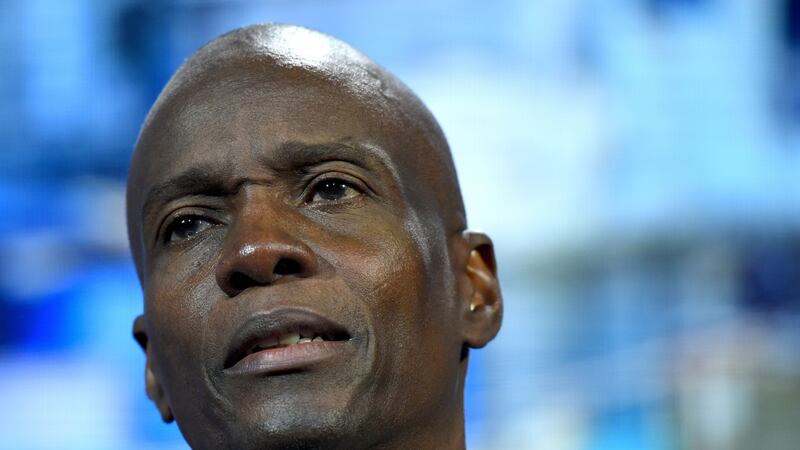
Protests since last year have demanded the ousting of right-wing president Jovenel Moïse. Over 40 people have died since September in the latest round of unrest that has led many to worry about a complete breakdown of law and order in the Western hemisphere’s poorest state.
VENEZUELA
The UN estimates 4.6 million Venezuelans have now fled the hunger, disease and violence caused by the implosion of the populist Bolivarian Revolution. Dozens have been killed in protests already this year against president Nicolás Maduro who has faced down all attempts to force him from office.
COLOMBIA

A week of protests followed a 250,000-person march and nationwide strike last week against the reforms of new right-wing president Iván Duque and police violence and political corruption. An 18-year old demonstrator died after being hit by a police tear gas canister.
ECUADOR

Protests last month forced the government of president Lenín Moreno to temporarily quit the capital Quito. Calm was restored after eight deaths in 11 days when Moreno reversed austerity measures and opened a national dialogue on how to tackle the fiscal deficit.
PERU
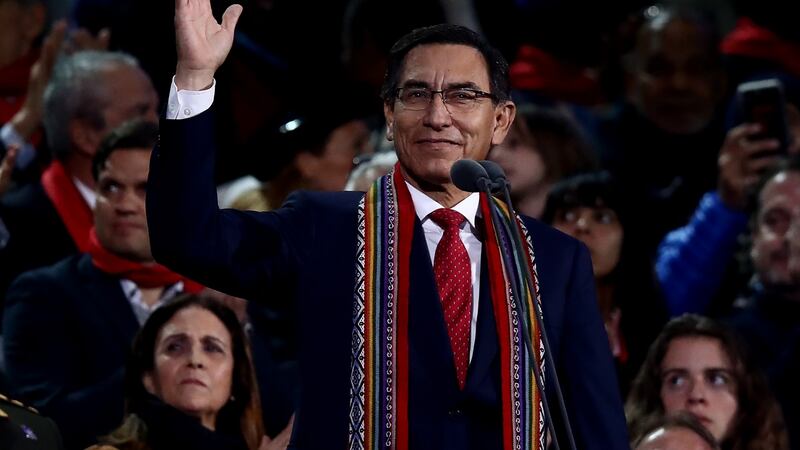
In September president Martín Vizcarra dissolved the discredited congress as part of a stand-off over anti-corruption reforms. The legislature is contesting the move in the courts but Vizcarra is pushing ahead with his reform agenda and has also announced an ambitious social programme.
BOLIVIA
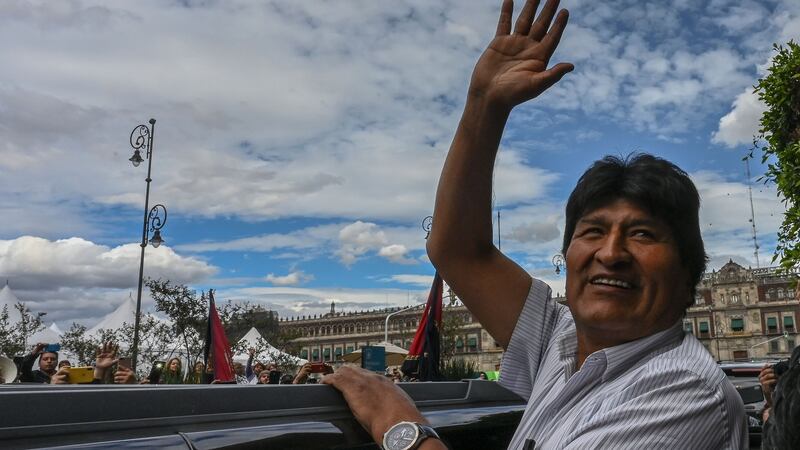
The attempt by leftist president Evo Morales to win an unconstitutional fourth successive term in office sparked a political crisis after October’s vote was declared to have been manipulated.
Thirty three people died before a deal was struck last week to hold new elections excluding Morales within 120 days.
ARGENTINA
Having been turfed out of power four years ago amidst an economic crisis, the Peronist party will return power in December under Alberto Fernández after voters lost faith in outgoing right-wing president Mauricio Macri to resolve the country’s myriad problems.
BRAZIL
The region’s biggest democracy elected far right outsider Jair Bolsonaro president last year after a massive corruption scandal that would eventually spread across the entire region left the country’s traditional political parties discredited. The former army captain has mixed economic liberalism with reactionary policies elsewhere.
CHILE
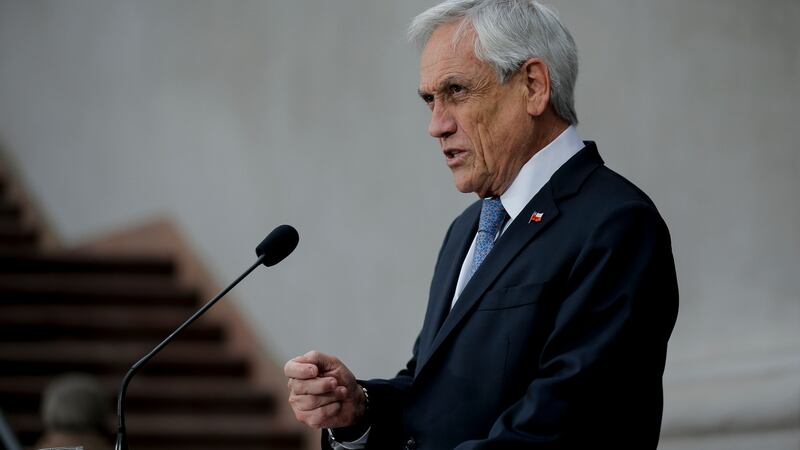
Long viewed as Latin America’s success story, Chile has seen weeks of protests against the inequality which has produced a two-tier system in health and education. With 26 people left dead right-wing president Sebastián Piñera has offered to rewrite the constitution.


















